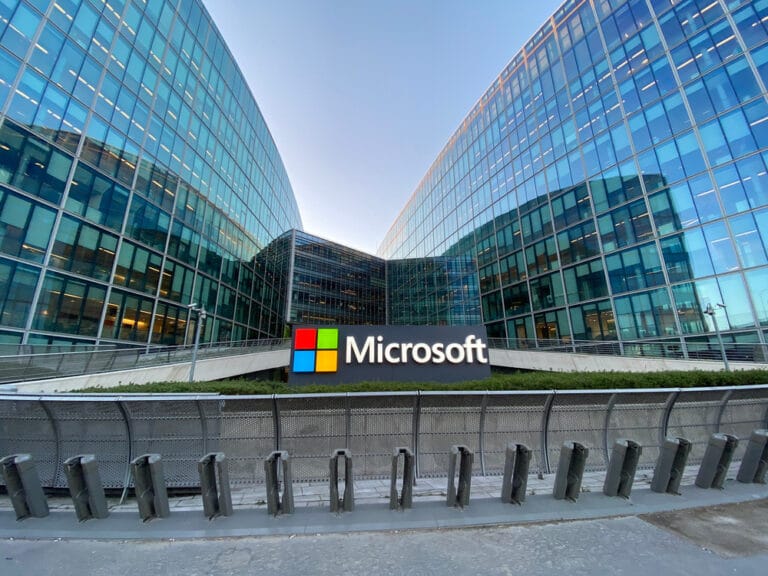Microsoft has announced offerings of vertical/industry-specific cloud bundles. On day 1 of its virtual Inspire partner conference on July 14th, Microsoft announced another cloud bundle called Cloud for Sustainability, which is more horizontal than vertical.
The move by Microsoft aims to encourage customers to adopt its base cloud services for specific purposes. It has done this before with Cloud for Healthcare, Cloud for Financial, Cloud for Retail, Cloud for Nonprofits, and Cloud for Manufacturing.
These industry clouds combine common data models, workflows, cross-cloud connectors, application programming interfaces, and industry-specific components & standards.
What the cloud package is for
Microsoft officials say the specialty clouds are designed for use with Dynamics 365, Microsoft 365, Azure, Power Platform tools, and other Microsoft services. They also connect front-end productivity tasks to backend data management.
The description of its Cloud for Sustainability says that the company is creating “a whole new category” it says goes beyond capturing data to aggregate sustainability data in an actionable way.
It has SaaS offerings that can discover and connect real-time data sources, speed up data integration and reporting, measure performance against goals, provide carbon accounting, and enable intelligent insights for “effective action.”
Leading the charge
Cloud for Sustainability can help with things like reporting on IT carbon emissions, creating sustainability scorecards to track progress against carbon-emission-reduction goals, and accurately pointing out specific emission areas that need tracking.
A preview of Cloud for Sustainability is now available to customers who want to check it out. Microsoft is committed to having a 100% renewable energy supply for all operations by 2025, including campuses, buildings, and data centres.
Going forward, it plans to match 100% of all energy used with zero-carbon sources by 2030, in addition to making its own 100% renewable energy supply within the next five years.
